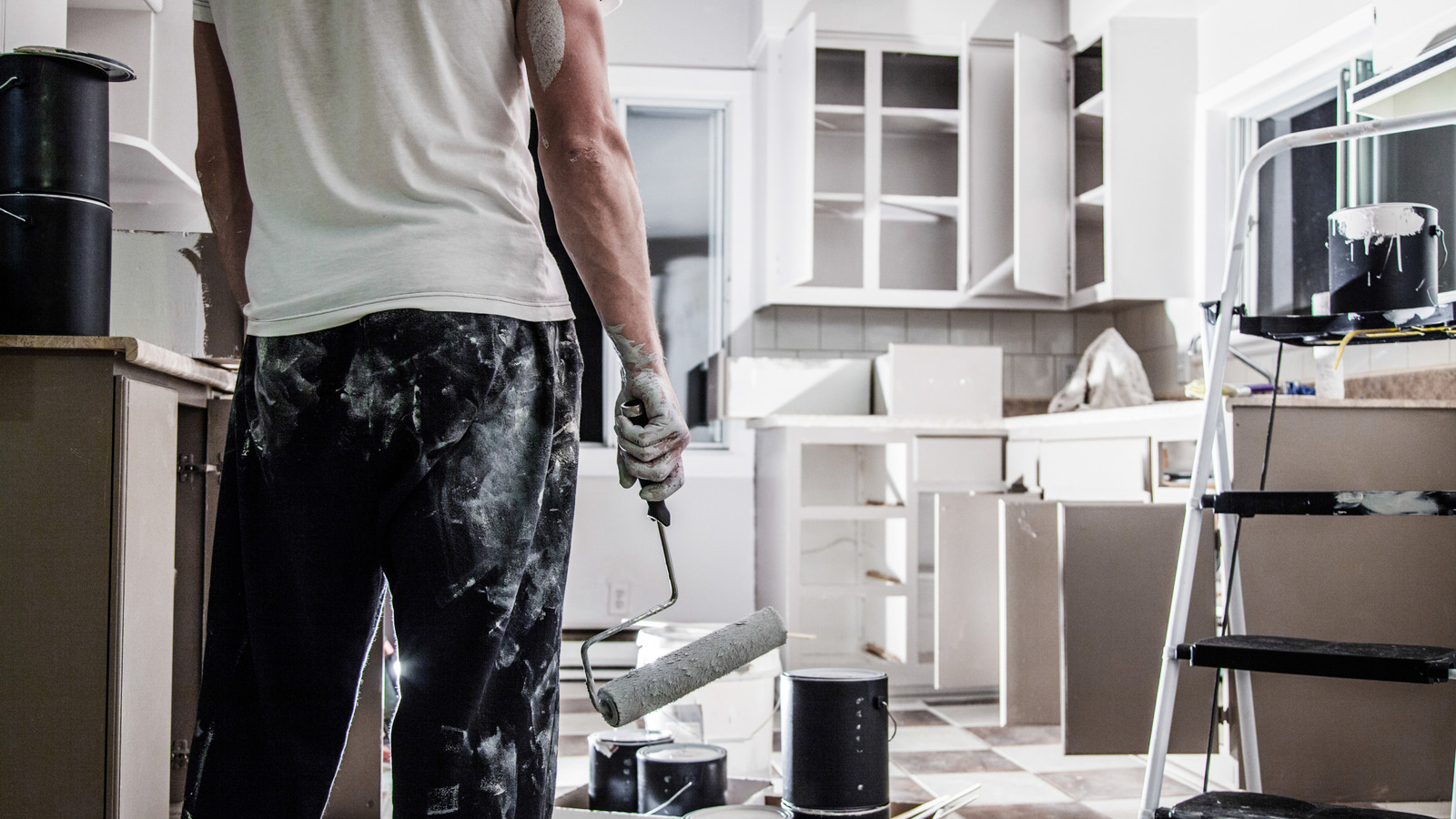
"Have you ever repainted your kitchen only to notice the paint bubbling and blistering shortly after? There are many things to avoid when renovating your kitchen, and a poor paint job is high on the list. Bubbling paint is not only ugly, it's also a headache to fix. The key is prevention, preparation, and prevention again. To avoid bubbling paint, you're going to want to focus on moisture and heat control."
"Kitchens are especially susceptible to blistering paint because they tend to have more moisture then, say, a bedroom. When moisture gets trapped under the paint, it prevents proper adhesion. Then, moisture molecules are prone to expanding and contracting, which ultimately lifts the paint from the wall in areas where they are trapped. Moisture that's in the air after painting can also seep in and cause the same problems as moisture underneath the paint."
Kitchens are highly susceptible to paint blistering because they hold more moisture than other rooms. Moisture trapped under paint prevents proper adhesion; moisture molecules expand and contract and lift paint in trapped areas. Airborne moisture after painting can also seep in and cause bubbling. Heat causes solvent thinners to expand and lift paint similarly. Painting during the coolest part of the day helps in hot or humid climates. Proper priming, preparation, and thorough drying of walls before painting are crucial. If bubbling occurs, identify and repair any leaks before repainting to avoid repeat failures.
Read at Tasting Table
Unable to calculate read time
Collection
[
|
...
]